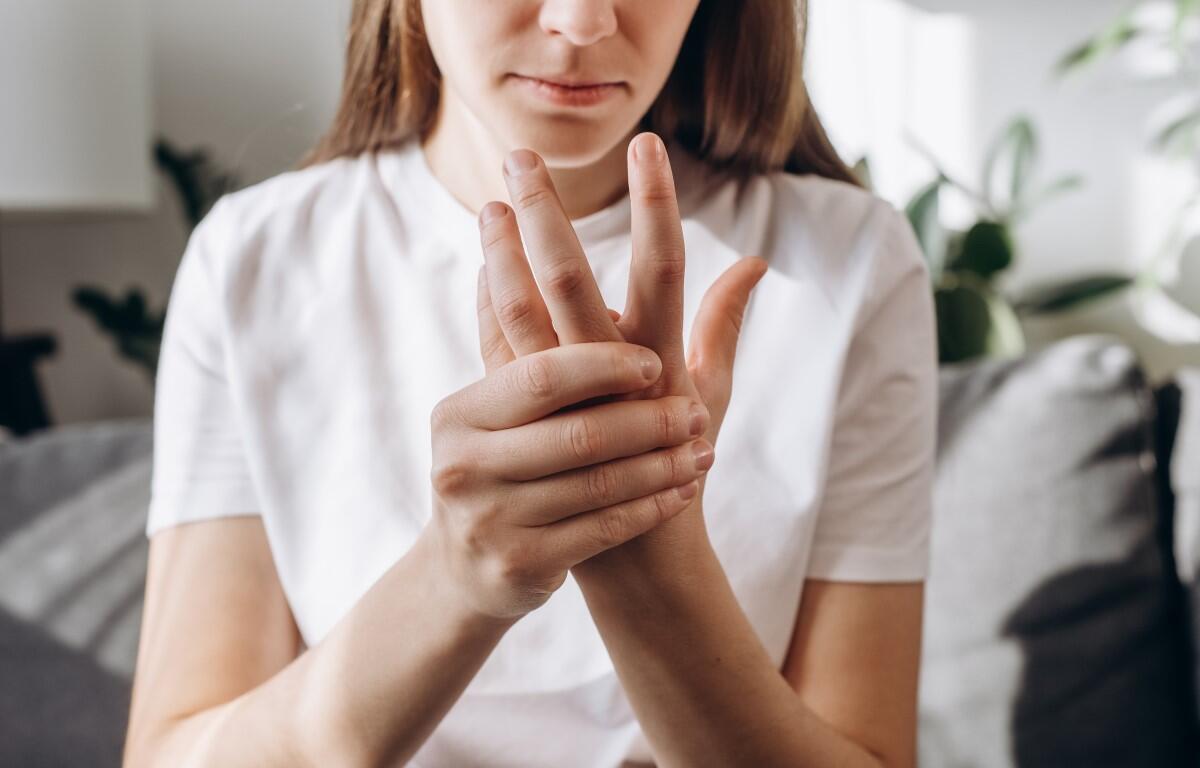When you’re in pain, you need relief. But there are so many options out there, and navigating them can be tricky. The medical professionals at Clarksville Physical Medicine are here to help sort out some solutions.
Question: Can neuropathy, or nerve pain, be treated without drugs?
Answer: Neuropathy is a term that encompasses a complex array of conditions, all related to the nerves’ dysfunction within the body. With symptoms ranging from mild tingling sensations to severe pain and loss of function. The underlying causes are diverse, and the treatment landscape continues to evolve. Neuropathy, also known as peripheral neuropathy, refers to a range of disorders affecting the peripheral nervous system, which transmits information between the central nervous system (CNS) and the rest of the body.
Neuropathy can arise from a wide array of underlying causes: diabetes, injuries, infections, autoimmune disorders, chemotherapy drugs, and genetics.
Common symptoms include:
- Sensory symptoms: Tingling, numbness, burning sensations, or pain.
- Motor symptoms: Muscle weakness, cramps, or uncontrolled movements.
- Autonomic symptoms: Altered sweating, digestive issues, or abnormal blood pressure.
Diagnosis typically involves a clinical examination.
What about laser therapy?
Laser therapy, or photobiomodulation therapy, has emerged and is FDA approved as an advanced treatment option for various medical conditions, including neuropathy. Utilizing light at specific wavelengths, laser therapy stimulates cellular activity, promoting healing and reducing inflammation. Unlike regular light, laser light consists of a single wavelength that can penetrate tissues to a specific depth. The light energy is absorbed by cellular components, triggering biological responses such as increased cell metabolism, blood flow, and tissue repair.

Laser therapy offers several potential benefits and advantages over traditional treatments.
- Non-invasive: As a non-surgical treatment, laser therapy doesn’t require incisions or anesthesia.
- Reduced side effects: Compared to certain medications, laser therapy poses fewer risks and side effects.
- Versatility: Its adaptability allows laser therapy to be used in treating a wide variety of conditions.
Laser therapy represents a remarkable advancement in medical treatments, offering a non-invasive, adaptable, and effective option for conditions like neuropathy. Beyond neuropathy, laser therapy is used in various other medical fields, including dermatology, ophthalmology, and pain management.
In the context of diabetic peripheral neuropathy, Class IV Therapy Lasers have been evaluated for their ability to reduce pain and restore sensation in the affected areas. The deep penetration enables the laser to target the underlying nerve structures, potentially reversing the nerve damage caused by prolonged high blood sugar levels.
Class IV Therapy Lasers have shown promise in managing chronic pain associated with various types of neuropathy. By targeting the damaged nerves and promoting healing, these lasers can provide long-term pain relief, reducing dependency on medications.
At Clarksville Physical Medicine, we are an integrated medical clinic so we have the unique ability to combine several proven modalities to treat neuropathy. The combination of these modalities along with the FDA approved Class IV Medical Laser therapy have proven results with lasting relief. Visit cpmedtn.com for more information.


